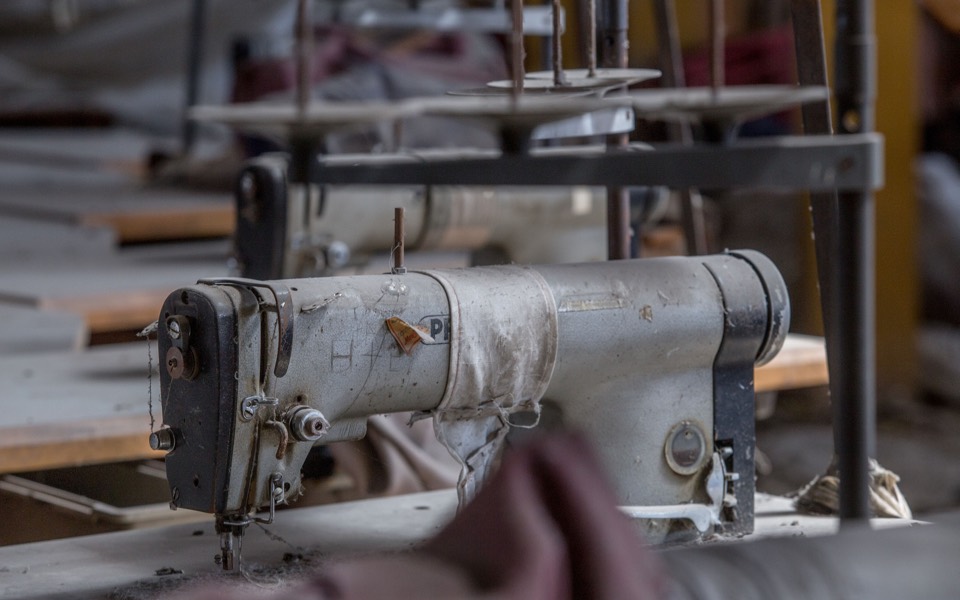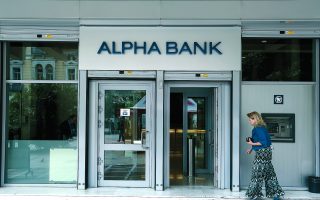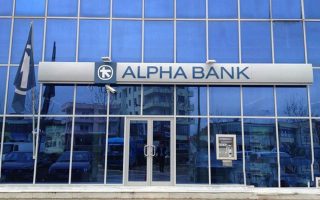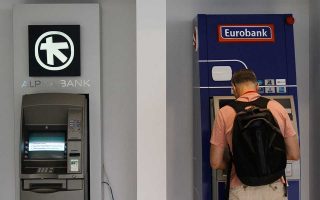Are we through with non-performing loans?

When you inject almost 43 billion euros into the economy through government-backed support programs that account for 25% of gross domestic product, and as a result your GDP ends up making up for its losses by 13.4% in the third quarter, well, that’s not a serious reason to get excited.
It’s positive that the economy is almost back to where it was in 2019, but this is due to the 43 billion euros injected, the increase in private and public consumption, and the construction of new homes, with a parallel jump in the external balance of payments: The economic model has not changed and, with a few exceptions, our exports remain limited, low-tech and/or expensive. Every jump in GDP is accompanied by a jump in the external deficit – which shows the country’s low total productivity.
Some celebrations, even excessive ones, on the part of the government wouldn’t be an issue if they didn’t cover up inactions that could undermine the course of the economy. Among them, the virtual reality in the management of nonperforming loans.
Bad loans that have been unloaded by the banking system through securitizations, together with those that will be unloaded in the future in the same way, are estimated at around 100 billion euros. These loans were supposedly transferred to special funds to reduce them, to separate the wheat from the chaff, to help those who really want to make a fresh start and, on the other hand, to close down zombie firms, to stop taxpayers and depositors losing money, to consolidate markets.
And what has happened? In reality, nothing. It’s as if bad loans disappeared the moment they were transferred to the funds. Or as if suddenly there is money to spend.
This effort to escape the rut could very well spell the end for some businesses. Even in the best-case scenario, efforts by some companies to stand on their feet again are almost doomed. Many businesses are held hostage because, although they have entered into some kind of an agreement over their loan, they are denied any access to banking services. The guidelines of the Single Supervisory Mechanism (SSM) prevent banks from financing them, but without new loans these businesses will not be able to stand on their feet in the long term.
It would make more sense to find an arrangement concerning the bad loans, to test whether the companies can/want to meet their obligations, to establish whether their shareholders are willing to pay out of their own pockets and then to re-establish their relationship with the banking system. None of this is being done.
This is one side of the rut. The other is the zombie companies and bad payers. Not only do they resist any debt consolidation, but many of them have become more rigid, having received state aid with (non) repayable advances, money for rent, electricity, water, telephone etc, with taxpayers’ money, under the state support plan for the economy. Pressure can be exerted on them either by selling assets of their business or by reselling the business itself to new owners.
The tool for exerting such pressure is well known and is called foreclosure, but foreclosures are something that no government wants to hear in a pre-election period like the one we are living through now.
And what happens after the foreclosure? Well, if the gap between projected and actual revenues from bad loans continues to widen for the funds that bought them, perhaps the next victim will be the 22 billion euros in state guarantees of the Hercules asset protection scheme.





